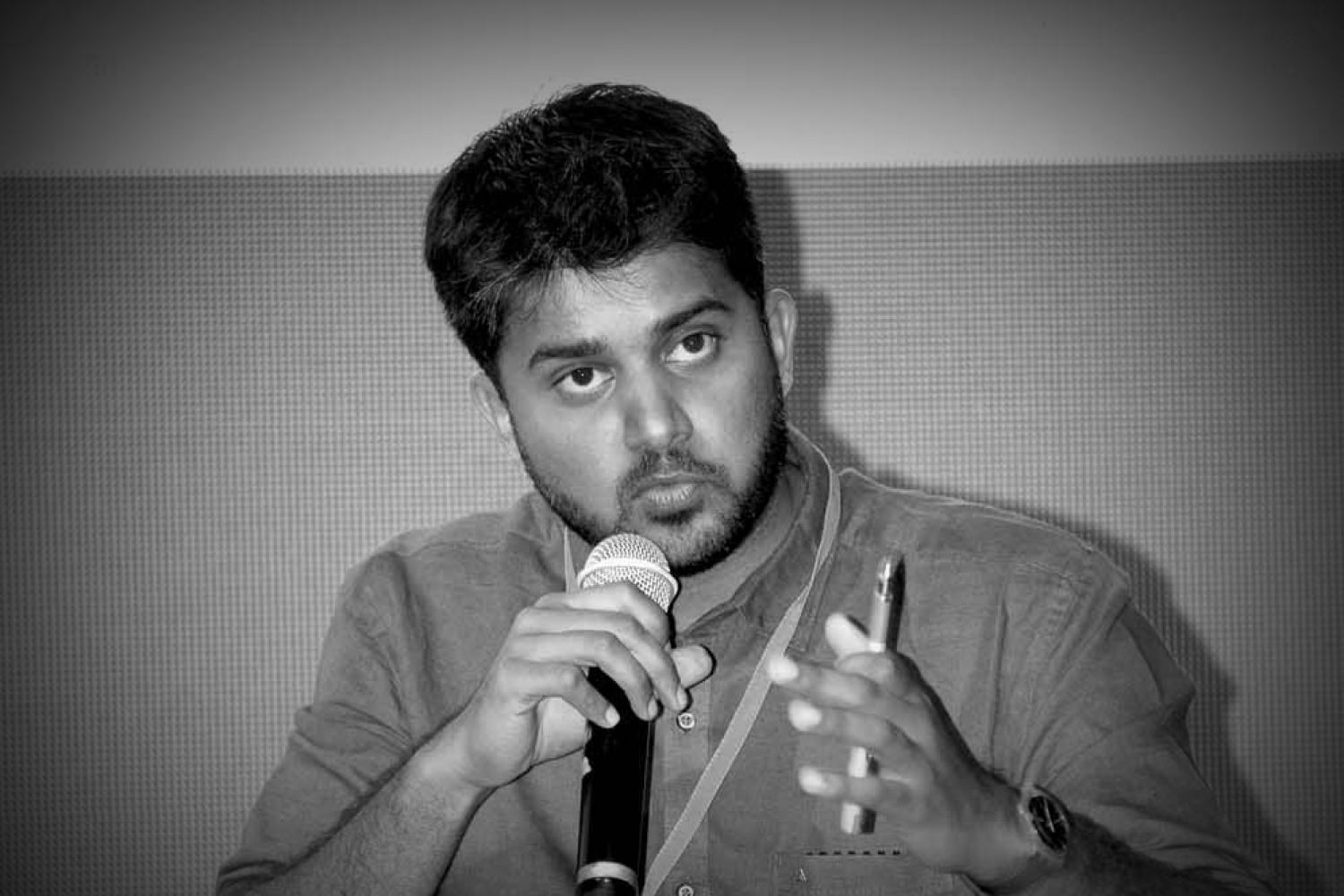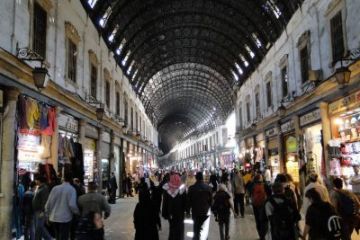
Things around us shape
us, influence us, and create an experience. They shape our environments, our
economies and our life in perhaps not so obvious a manner. Things around us are
part and parcel of our lived experience.
Human geography
delineates and details how people relate to the world around them, including
the human response to landscape. Going beyond immediate factors like economic
conditions, the human geographer may study, for example, the materials used in
constructing a hous





